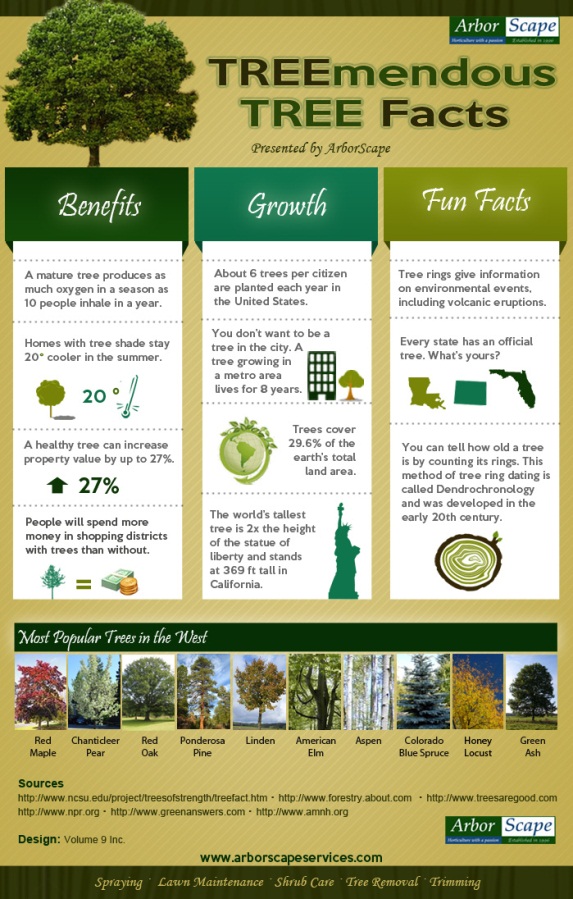Post-Tree Removal Treatment: Efficient Methods For Landscape Reconstruction
Post-Tree Removal Treatment: Efficient Methods For Landscape Reconstruction
Blog Article
Material Author-Franks Massey
After a tree's elimination, your landscape may look rather different, and it's important to analyze the results carefully. You'll intend to review the dirt disturbance and examine surrounding plants for any kind of indications of stress and anxiety. Neglecting these aspects can result in larger issues down the line. So, what should you do with those stumps and origins? And how do you pick the most effective plants for your revitalized space? Allow's explore these important actions.
Assessing the Consequences: Reviewing Your Landscape
After a tree removal, it's important to assess your landscape to recognize the influence it carries your lawn.
Begin by examining the location where the tree stood. Look for indications of dirt disruption, and examine the surrounding plants for any type of stress and anxiety or damage.
You ought to additionally take note of exactly how the elimination has actually transformed sunshine direct exposure and air flow in your yard. This change can impact the development of nearby plants, so it's vital to assess their wellness.
Consider the visual aspects as well; the elimination might create an open space that you can redesign.
Finally, think about any type of prospective erosion concerns that may occur from the tree's lack. Attending to these elements early will help restore balance to your landscape.
Taking care of Stumps and Roots: Choices for Removal
Once you've evaluated the after-effects of the tree removal, you'll likely need to deal with the stump and origins left behind.
Apple Tree Pruning have a couple of options for removal. One reliable method is stump grinding, where a specialist uses a device to grind the stump to below ground degree. This strategy leaves minimal disruption to your landscape.
If you choose a DIY approach, you can utilize a mix of digging and chemical stump removers. Just keep in mind, this process can require time and effort.
Additionally, think about leaving the stump as an all-natural attribute, which can serve as a distinct garden element or habitat for wildlife.
Whatever you select, addressing the stump and roots is important for restoring your landscape.
Picking the Right Plants for Your New Space
As you evaluate your recently removed room, picking the right plants can dramatically boost your landscape's appeal and capability.
Start by considering the sunshine and dirt conditions. For find more info , select drought-resistant plants like lavender or succulents. In shaded places, ferns and hostas thrive well.
Think of the size and growth habits of your plants; mix perennials and annuals for seasonal variety. Do not fail to remember to include native varieties; they need less maintenance and support neighborhood wild animals.
Group plants in odd numbers for an extra natural appearance and create layers for aesthetic deepness.
Finally, guarantee you have a mix of colors and structures to keep your landscape vivid throughout the seasons.
Satisfied planting!
Final thought
Finally, restoring your landscape after tree elimination is a satisfying process. By assessing the results, resolving stumps and origins, and selecting the right plants, you'll develop a flourishing atmosphere. Do not fail to remember to include erosion control steps to secure your soil. With a little effort and treatment, you can transform your space right into a lively garden that boosts your residential property. Welcome the possibility to invigorate your landscape and enjoy the charm of nature right in your backyard!
